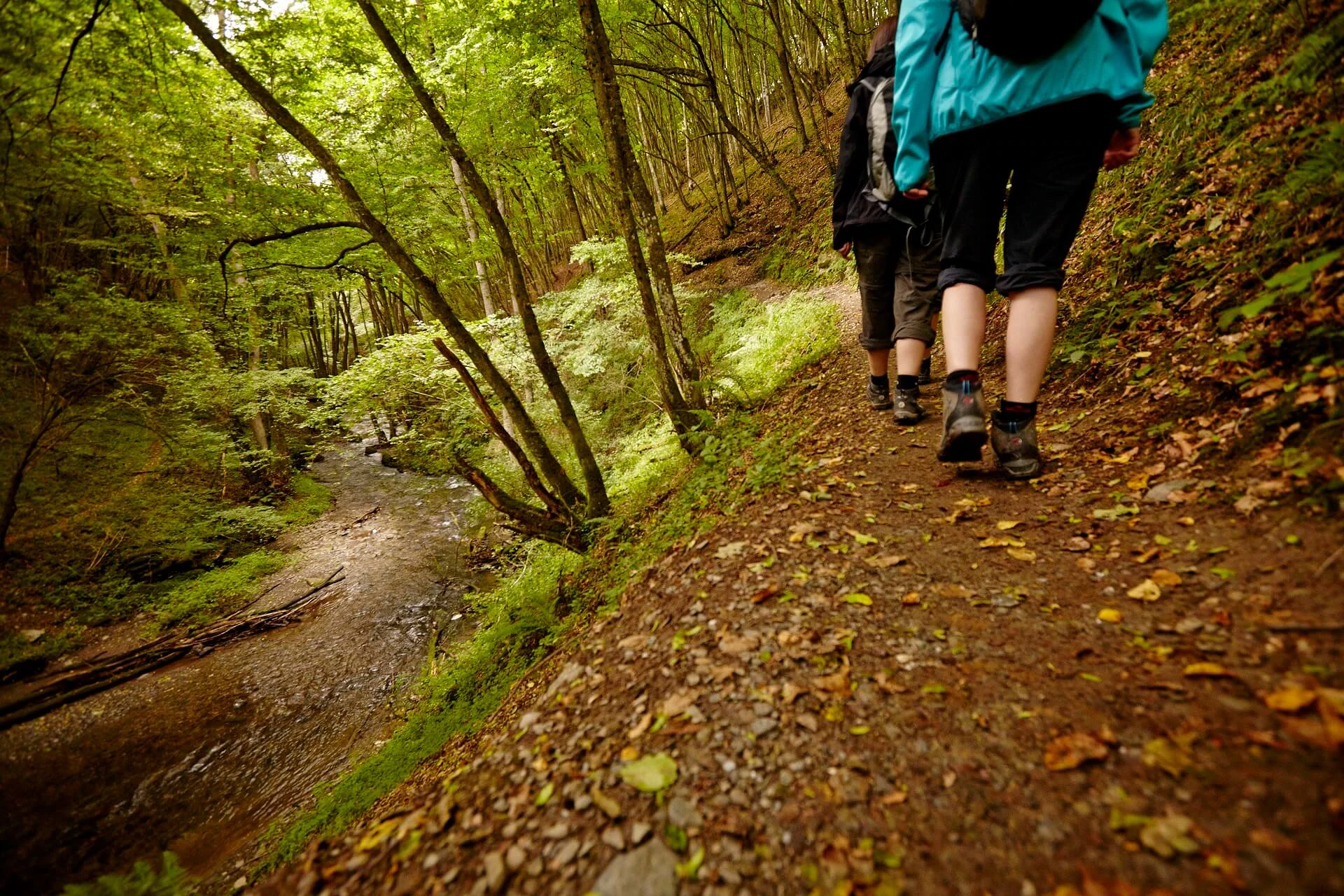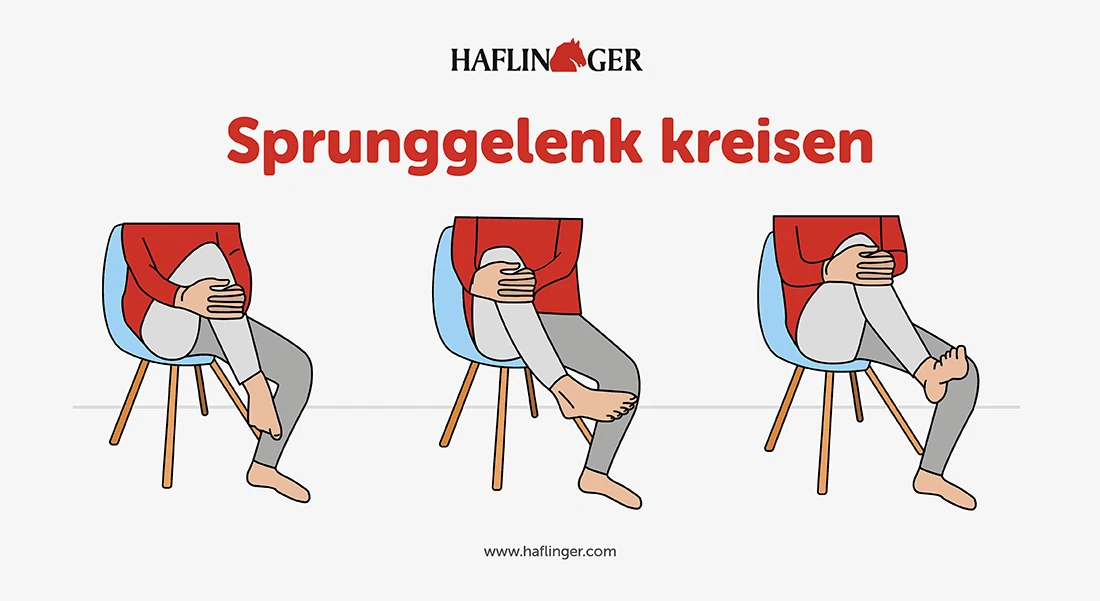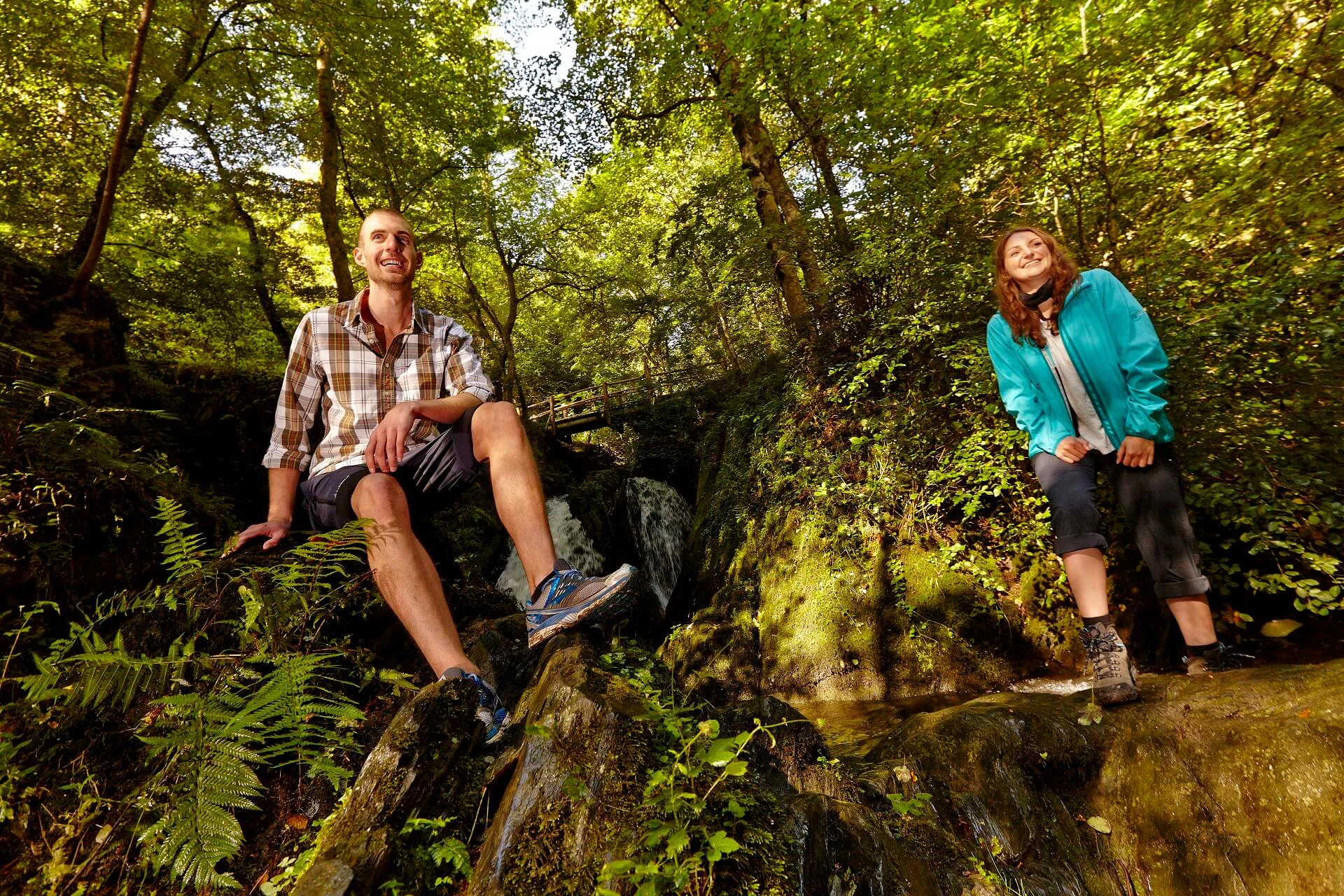What you need to pay attention to for healthy feet while hiking
In the warm season, many sports enthusiasts and nature lovers are drawn outside again to go on an extensive hike. When going over hill and dale, healthy and pain-free feet are an important prerequisite - only then can you enjoy your hike to the fullest. To make sure you do, here are 5 useful tips on how to keep your feet healthy for longer distances in the open air.
Healthy feet while hiking: Tips and tricks
Whether it's a demanding trekking tour, a relaxed family hike or a varied via ferrata: healthy feet are crucial on a hike. After all, painful pressure points and blisters on the feet can put an abrupt end to the enjoyment of hiking.
So that you can be on the road without complaints, you need to prepare your feet well for the next hike. How do you do that? It's simple: With the following tips and tricks, you can keep your feet in good shape - so that foot problems are stolen from you once and for all!
Tip 1: Choose the right hiking boots
Goodbye sneakers and sandals! For maximum comfort and safety, you can't hike in your everyday shoes - especially not in rough terrain. The risk of slipping or twisting your ankle and injuring yourself is far too great. Unpleasant blisters or pressure marks can also be the consequences of unsuitable footwear.
Therefore, choose perfectly fitting hiking shoes that are not only comfortable, but also guarantee the best support. When buying shoes, make sure that they are not too tight or too wide. They should neither pinch nor let the feet slide back and forth. Take enough time for the selection to find the right model for you.
Tip: Break in your new hiking boots well. The more you wear them before your next hike, the more comfortable they will feel.
Tip 2: Wear matching socks
In addition to suitable footwear, you also need the right hiking socks. Did you know that excessive sweating, blisters and pressure marks can also be caused by the wrong socks? If you've been relying on cotton socks, for example, you should keep your hands off them from now on! The material may feel soft, but it is anything but functional. Moisture collects inside the socks, softening the feet and promoting the formation of blisters.
Swap cotton socks for super comfortable and high quality merino socks instead. The reason: merino wool not only neutralizes unpleasant odors, but also absorbs moisture without the socks feeling damp.
Tip 3: Use insoles
Orthopedic insoles are also recommended for hiking. They can not only increase the wearing comfort of your hiking boots, but are also useful if you suffer from a foot malposition. The insoles are usually made by an orthopedic shoe technician so that they adapt optimally to the respective foot anatomy. In this way, incorrect stresses can be avoided and malpositions can be prevented or alleviated.
Attention: Of course, you can also buy insoles in a medical supply store or drugstore - but here you have to be very careful. The risk is high that the insoles do not meet the individual needs of your feet and thus do not have the desired effect.
Tip 4: Strengthen ankle joints
Hiking boots, socks and insoles are of course part of the basic equipment for a well-organized hike. What you also shouldn't do without are regular training sessions for your ankles - after all, they have to withstand a lot when going over hill and dale.
The reason: If your ankles aren't strong enough, it's easy to twist your ankle - one of the most common foot injuries when hiking. To consciously strengthen, mobilize and loosen your ankles, try a little exercise (pictured above, center):
Here's how: Sit upright, bend one leg and grasp your knee with both hands. Then circle your ankle 10 times clockwise and 10 times counterclockwise before switching legs.
Tip 5: Do not forget foot care
Careful foot care is also essential if you want healthy feet for your next hike. Here it is especially important that you cut your toenails as short and straight as possible. After all, you don't want to have to deal with torn or ingrown nails. Therefore, make sure that your toenails are neither too long nor cut too far down at the edges.
Apply a high-quality foot cream (e.g. deer tallow) to your feet days before your planned hike. This will prevent the skin on your feet from drying out too much and causing painful cracks. Combine the cream with a soothing foot massage: Small, circular movements not only leave a pleasant feeling on the skin, but also promote blood circulation.
Important: Remove excess calluses from your feet - e.g. with a pumice stone or a foot file. But don't overdo it, because a little callus is important to protect the skin from bacteria and viruses, for example.
Conclusion: Walking without discomfort when hiking
A hike is a real experience. But you can only really enjoy the adventure in nature if your feet don't cause you any problems. With our 5 valuable tips, nothing stands in the way of a pain-free hike!
Author: Johanna Pfisterer
By submitting the form, you agree to our privacy policy.





